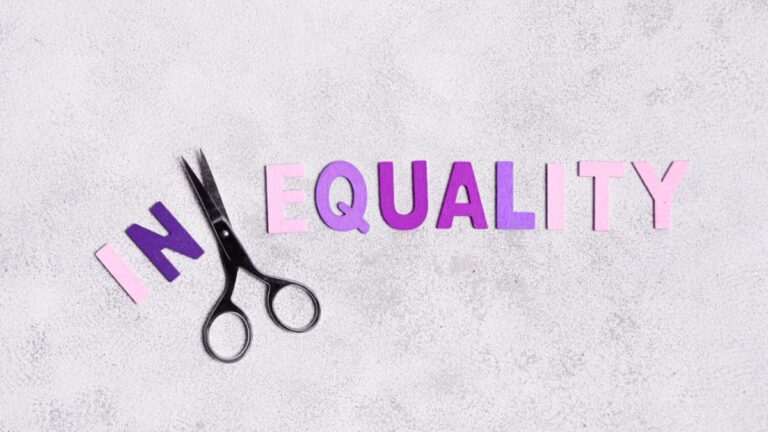By Akshit Marwaha
In greed to earn more, develop more humans has developed grasslands to roads and drays to TESLA cars. These changes are normal for us but would have been magic centuries ago. But with all the passing time, throughout the centuries one thing that hasn’t lost is sustainability. You would be shocked to know that sustainability goes back to the 1600s.
Back in the 17th and 18th-century sustainable development started as Sustainable Forest Management in Europe in England in response to the growing depletion of timber resources. Back then on the basis of an essay by John Evelyn in 1662 and Sylvicultura economics, a 400-page work on forestry given by Hans Carl von Carlowitz in 1713 the first concept of managing the forest for sustainable yield took place.
Since then till now there have been centuries bombarded with the fairy tales of sustainable development but till the present, where we have reached?
The changes that have been there are, are the change in the ultimate goals of sustainable development which is now to end poverty and provide prosperity to everyone along with protection to our lovely mother earth.
To achieve this the UN sustainable development network has developed an index that measures the performance of different countries called the Sustainable Development Goal Index. Here are some pictures depicting the contribution of different countries towards these goals.
This index includes 149 countries and according to a survey of 2020 Sweden is at the top of the list with 84.72 across all the 17 goals of sustainable development. Whereas India being a developing country is on 117th of this index with 61.92.
Seeing this tabular information we can judge that only some of the countries are working properly on sustainable goals as compared to others. Where other countries are lagging behind, this doesn’t mean that they are not trying but it means that there are some reasons or some challenges due to which they are not able to reach these goals or objectives.
Lets see what these reasons, what hurdles countries are facing, what are the challenges to SDG.
To achieve SDG Policy Forum on Development (PFD) was by European commission was set up in 2013 for effective partnership in development. This forum has been providing countries with the needed finances but these countries also need to foster empowerment and inclusion.
Other than that, A number of systemic barriers were identified and shared among the participants, such as the availability and reliability of data; lack of political will; weak capacity and technical know-how; inadequate mechanisms, structures to recognize financial opportunities and access available financial resources.
In Asia, an important element that is to be taken into consideration to understand this situation is the Civil Societies and LAs shrinking space. According to the CSO Sustainability Index for Asia, only nine countries offer an enabling environment for CSOs to work towards the SDGs. The situation is even severely worsening regarding freedom of expression and association as there have been cases of threat, imprisonment, murder and financial coercion to silence CSOs.
An important element that is to be taken into consideration to understand this situation is the CSOs and LAs shrinking space in Asia. According to the CSO Sustainability Index for Asia, only nine countries offer an enabling environment for CSOs to work towards the SDGs. The situation is even severely worsening regarding freedom of expression and association as there have been cases of threat, imprisonment, murder and financial coercion to silence CSOs.
And one of the strongest messages to the European Union representatives was to tackle the challenge of policy coherence by addressing the current contradictions between economic, trade and investment policies with the 2030 Agenda and human rights policies.
Looking towards the Solutions to these problems. There must be a reorientation of the Governance. The SDGs as a framework can offer leverage for global governance and facilitate transitions to alternative shared value systems. Firstly, it can bring human rights into the spotlight and mobilize governance structures around this vital issue. A lot remains to be done to make the existing human rights regime more effective.
The second is reorienting partnerships. The seismic shift from international to global governance and the emergence of multi-stakeholder entails an increased involvement of non-state actors in norm- and rule-setting processes. Presently, a triad of actors has officially involved in the global governance of the SDGs: states and intergovernmental organisations; market stakeholders (the business sector); civil society actors. The SDG doctrine puts market actors in the driving seat, thus perpetuating the neoliberal model of development and ensuring the predominance of business and corporate interests.
The next one is a reorientation of finance. The arrival of SDGs catapulted the global community into a period of a relentless search for “trillions” of dollars for the Goals’ implementation. Thus far, the financing agenda has been hijacked by private actors, brainstorming the regulation of financial flows. However, there is strong potential for re-orientation of the existing financing status-quo towards resolving the existing power imbalances.
Therefore the world has come far away from trying to achieve SDGs but still, there are some things that need to be changed and countries need to think of the world as a whole rather than thinking about themselves because SDGs are only about developing the human life around the world not around a particular country.




